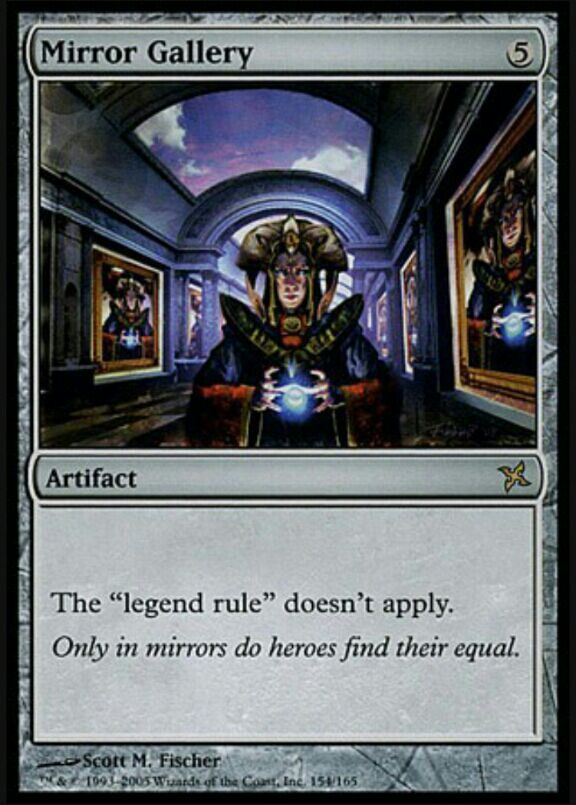
So, in summary, this method should take less than 3 flips on average to evenly split a coin toss among three people. They had the ability of increasing or reducing the effects and side effects.If you throw your coin $n$ times you have $2^n$ outcomes, the probability of each of which is $\frac$$ Probability keeps people in charge of a situation. The outcomes can also be increased though our main focus was flipping the coin three times. By doing this we are reducing the number of outcomes thus controlling the occurrence. Tossing the coins thrice results in 8 possible outcomes, twice results in 7 possible outcomes and once results in 6 possible outcomes. The coins can be controlled by minimising the number of toss. It creates awareness and helps minimize possible risks that may be associated with a certain disaster. In conclusion probability is useful in predicting outcome and determing the advantages and disadvantages. Person 3 is out and then person 1 and 2 flip a single coin (one flips and the other calls). Preventing occurrence of head and tail twice can be prevented by tossing the coin once. Preventing occurrence of head and tail thrice can be prevented by tossing the coin only two times or once. Predicting occurrence of head and tail is easier for statistics are provided. The results of the simulated coin flips are. Group one is where a coin is tossed once, group two twice and group three thrice. Investigate the probability of heads appearing when flipping a fair coin. They have been group into three distinct groups each having a certain similarity in the group they belong. The probability of H and tail occurring twice also gives an outcome of 11.įlipping a coin thrice has made grouping of head and tail easy. The outcome of both H and T occurring once is 11, 3 8. The probability of H and T occurring thrice is 9, 1 8. Find the best way to complete each level in this puzzler game. The probability of all the 8 possible outcomes is 9. Play the worlds most challenging coin toss puzzle game. There are again two possible outcomes for the nickel: heads or tails. There are two possible outcomes: heads or tails. Let’s consider three coins: a penny, a nickel, and a dime. (It will not just balance on its edge, let’s assume.). In all the cases, the probability of occurrence is equal. You flip a coin and it will land tails up or heads up. The probability of H occurring thrice is 1:8 and T is also 1:8. Each toss has two possible outcomes H or T. The probability of H occurring once is 3:8 and T occurring once is 3:8. To introduce this lesson, have 3 coins ready to flip. After each set of 25 flips of the 3 coins, students will calculate the percentage of all heads and all tails and graph those results on a line chart. The probability of tossing tail twice is also 3:8.They are HTT, THT and TTH. After making a prediction, students will flip 25 sets of 3 coins 8 different times to generate 200 trials of flipping the 3 coins. The probability of tossing head twice is in the ratio of 3:8. All the 8 outcomes will bear the same ratio. >5C3 Huh 5C3 is a binomial coefficient and equals 5(4)/2 10. You can also optionally flip the 3 coins individually by clicking on each coin. Hence, its more likely youll get 3 Heads than 5 Heads since there are more ways to get there.
#3 way coin flip simulator#
Tossing a coin thrice will ensure head and tail are in the ratio of 1:8. This virtual coin flip simulator allows you to toss three coins at the same time (by pressing 'Spin all'). The possible outcome for both head and tail is equal. The probability of head and tail occurring is ratio 1:1. It happens because the coins have only two probabilities, they can either have heads or a tail. Conclusion: The number of heads in both the piles will become equal. And even if it flips, it might not do so fre- quently instead, it could. Step 2: Fixing one pile, flip all the coins in the other pile. For example, a coin that does not flip even once will end up the same way it started. HHH, HHT, HTT, THH, THT, HTH, TTH and TTT. Solution Step 1: Take the coins and arrange them into two piles with 5 coins each. Helps people prepare for an outcome for they can predict the frequency and determine the time it may occur.įlipping a coin three times has 8 possible outcomes.

Probability helps classify things to a particular group. Probability can be used to determine characteristics of something or predict occurrence of a particular phenomenal, to distinguish distinct characteristics of an individual, a group or a sample population. A coin can be tossed as many times as possible and have different outcomes depending on the number tossed. It is the frequency of something happening. Probability is the outcome of something happening.


 0 kommentar(er)
0 kommentar(er)
